
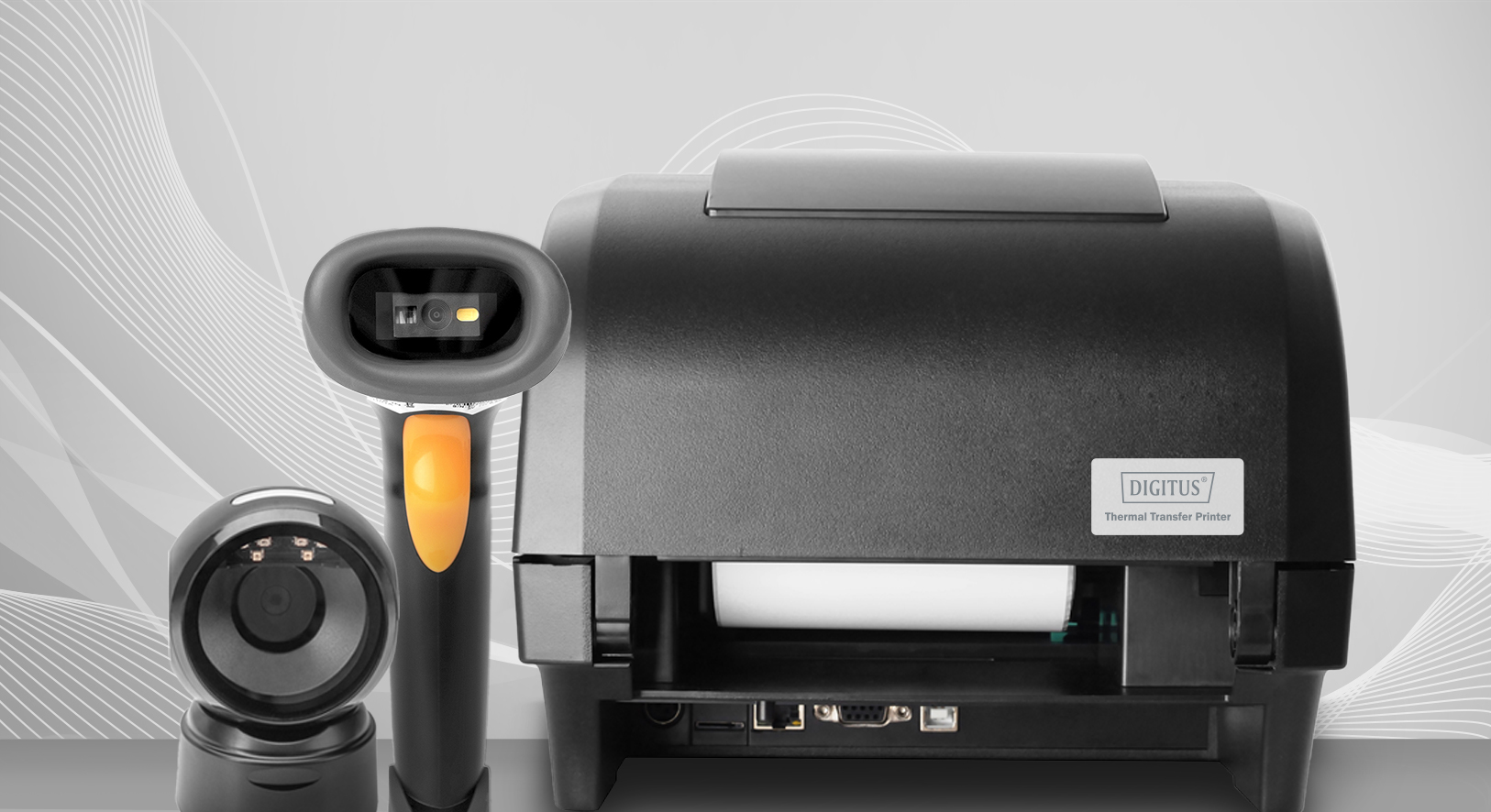


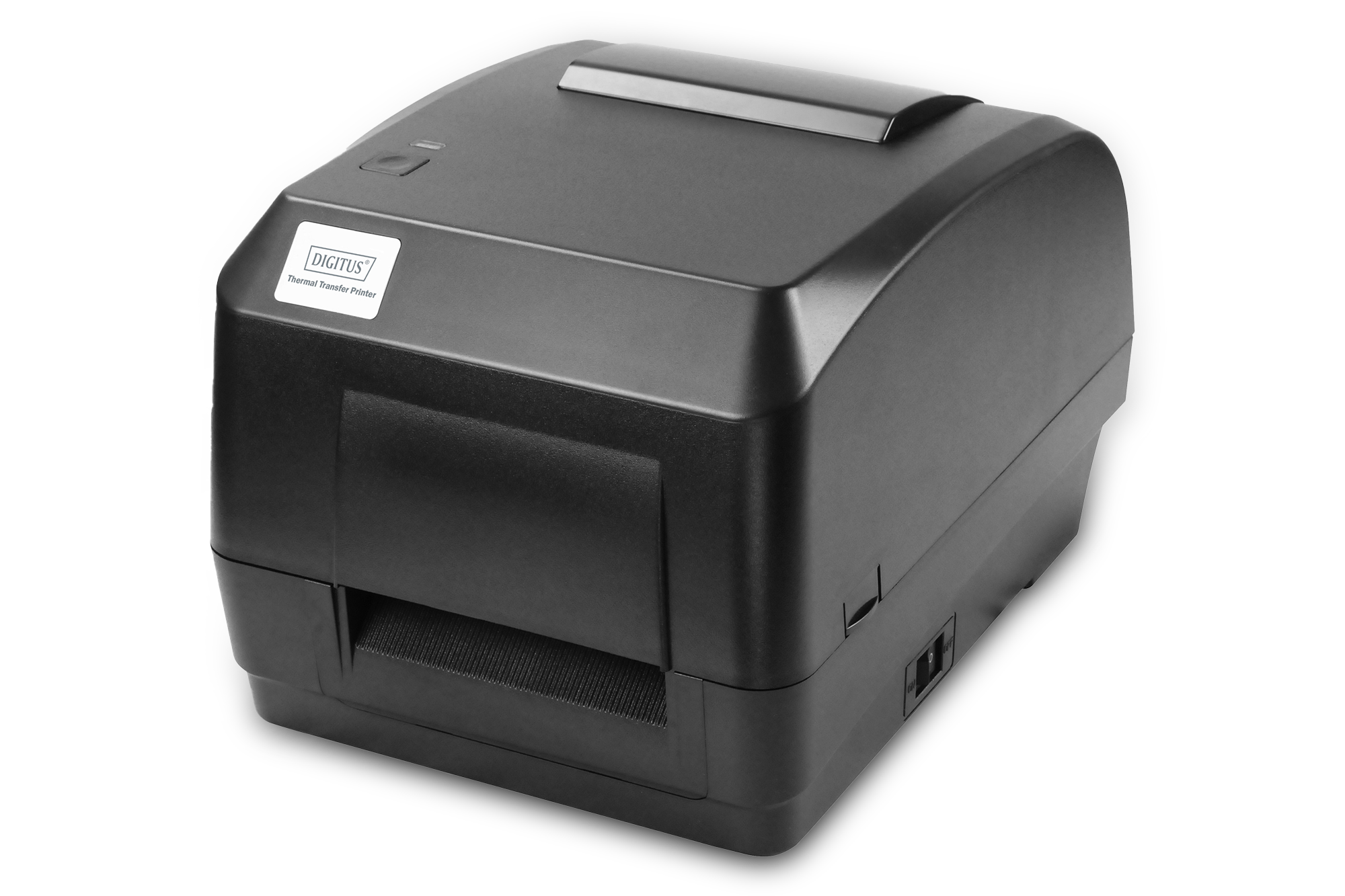
DIGITUS® Bar Code Printer.
The DIGITUS® label printer is an excellent combination of direct thermal and direct transfer printer for printing custom and business labels from the comfort of your own desk.
The printer is ideal for product marking, shipping labels, retail and other types of labeling. It offers excellent connectivity via USB, Ethernet and serial ports.

Bar code printer - 200/300DPI (dots per inch)
✓ Printing method: direct transfer/direct thermal printing
✓ Max. print width: 108mm/104mm
✓ Max. print speed: 127mm/104mm per second
✓ Print media: thermal labels, universal labels
✓ Interface: USB 2.0/serial/Ethernet
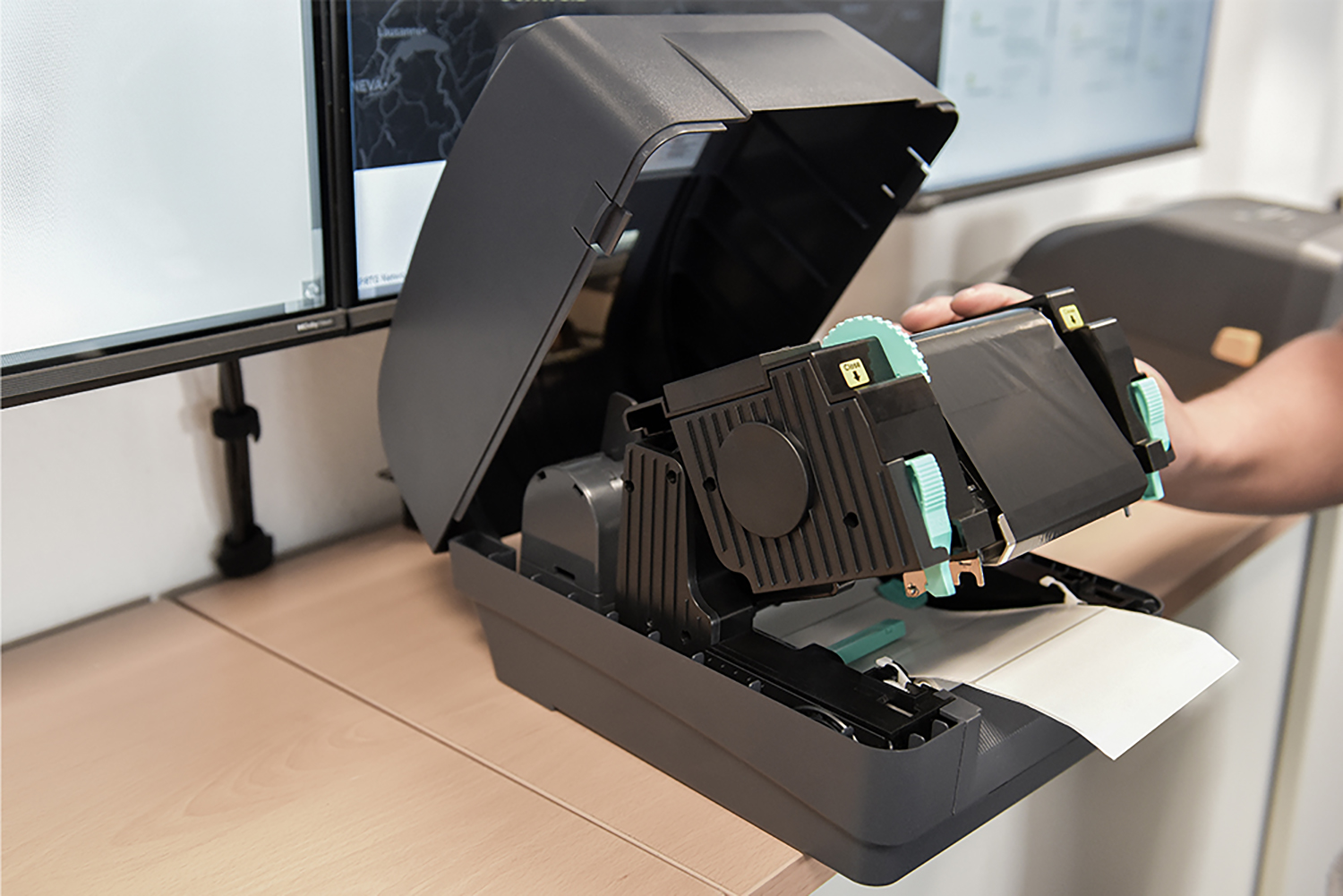
DIGITUS® Barcode Priter
For quality printing of your labels in the office and at home
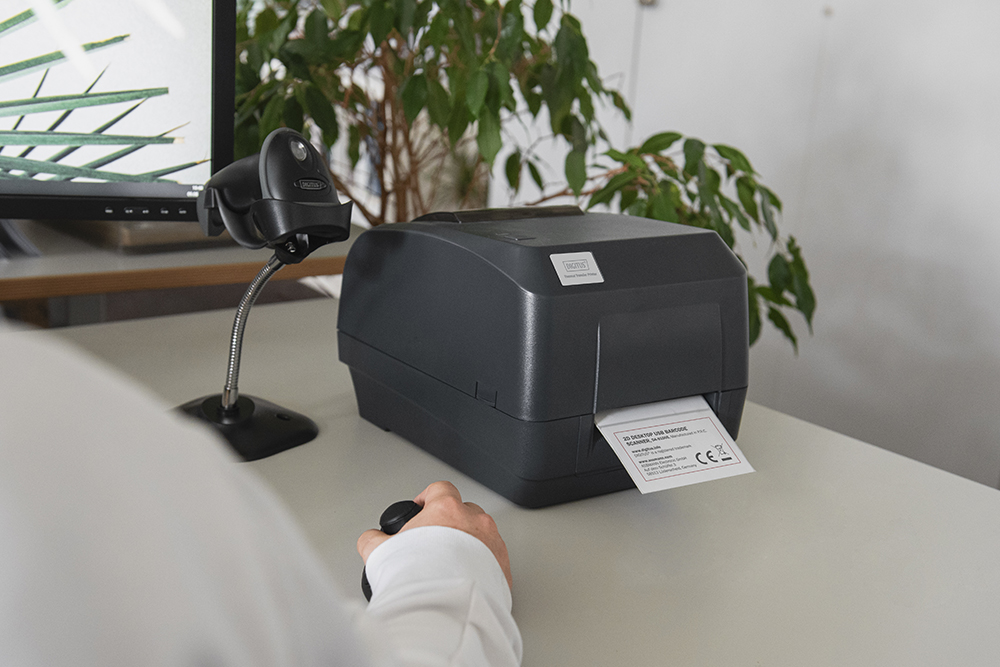

DIGITUS® Barcode Printer
The printer is ideal for product marking, shipping labels, retail and other types of labeling. It offers excellent connectivity via USB, Ethernet and serial ports.
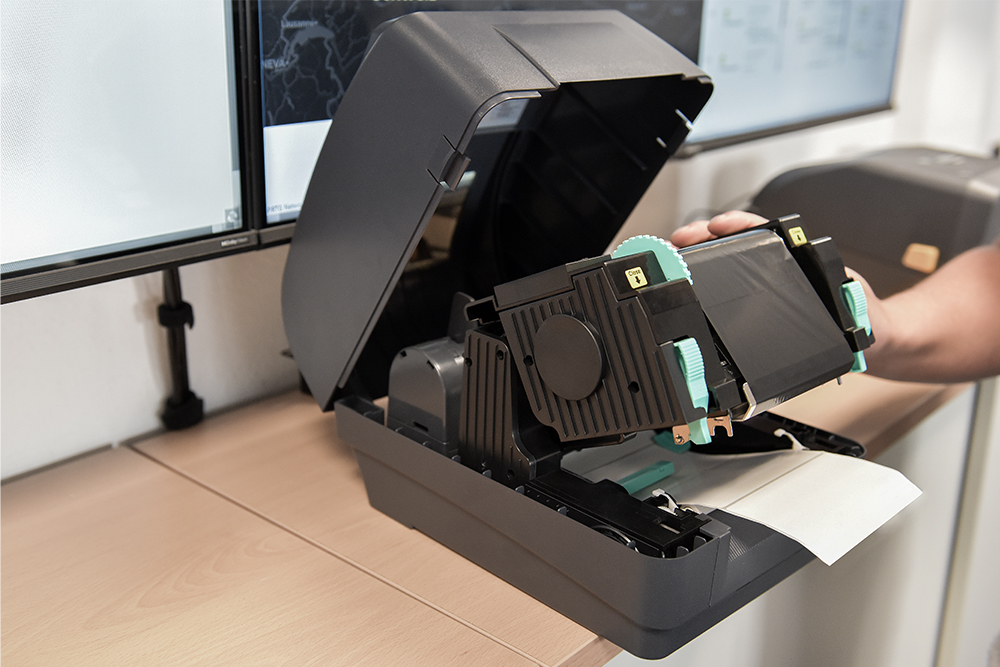

Bar code printer - 200/300DPI (dots per inch)
✓ Printing method: direct transfer/direct thermal printing
✓ Max. print width: 108mm/104mm
✓ Max. print speed: 127mm/104mm per second
✓ Print media: thermal labels, universal labels
✓ Interface: USB 2.0/serial/Ethernet
Direct comparison of printing method
The thermal printing method uses heat to generate a print image on label material.
There are two types: Direct thermal printing and thermal transfer printing
In direct thermal printing, heat is transferred directly to a heat-sensitive label material, to generate the print image.
No ink ribbon is required and it is suitable for shipping labels or sales receipts.
The thermal transfer printing, color is transferred from an inked ribbon by heat onto any label material, creating long-lasting labels.
They are heat and abrasion resistant, and the method is suitable to labels for warehouse or product identification.
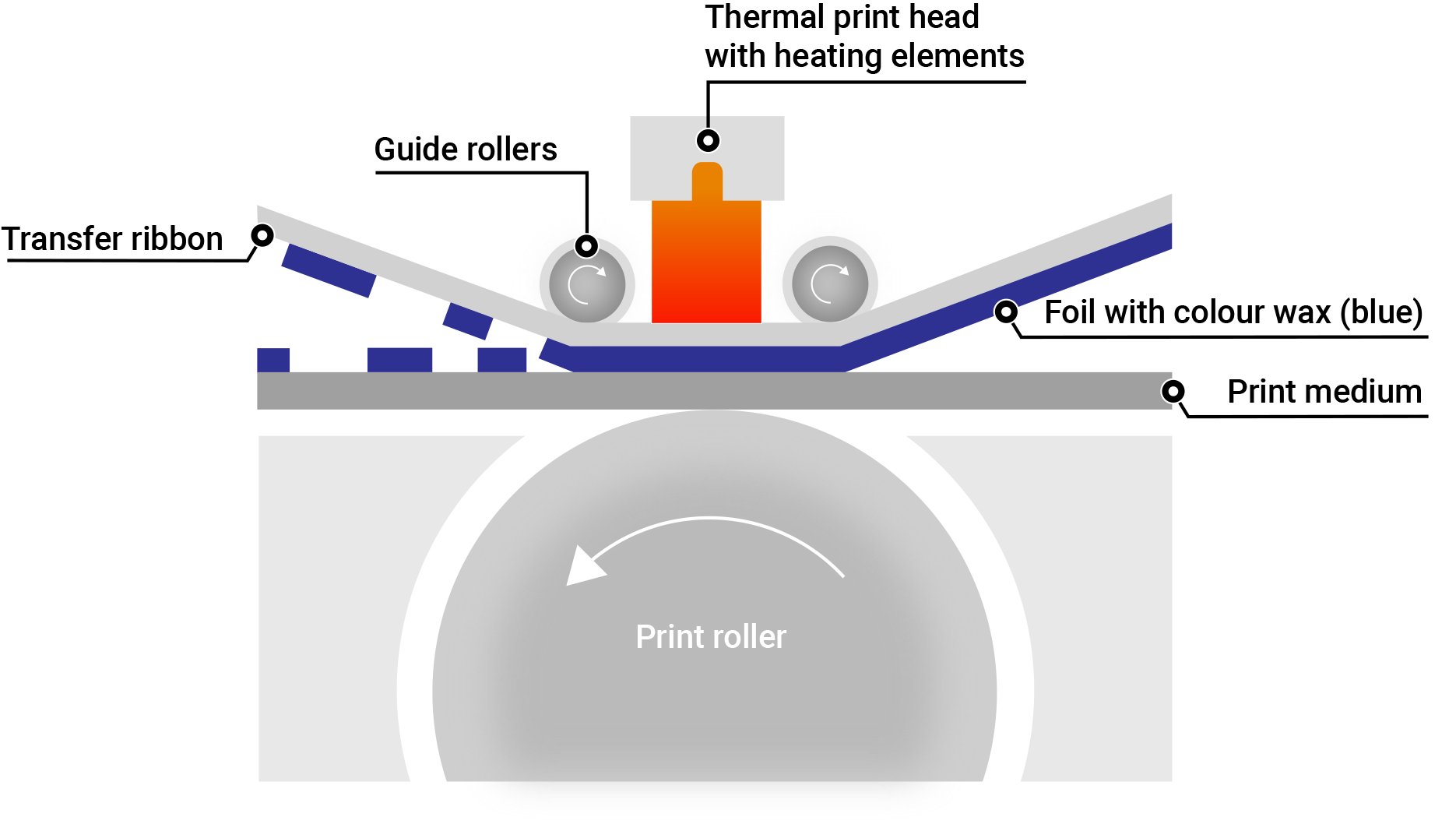
Thermal transfer
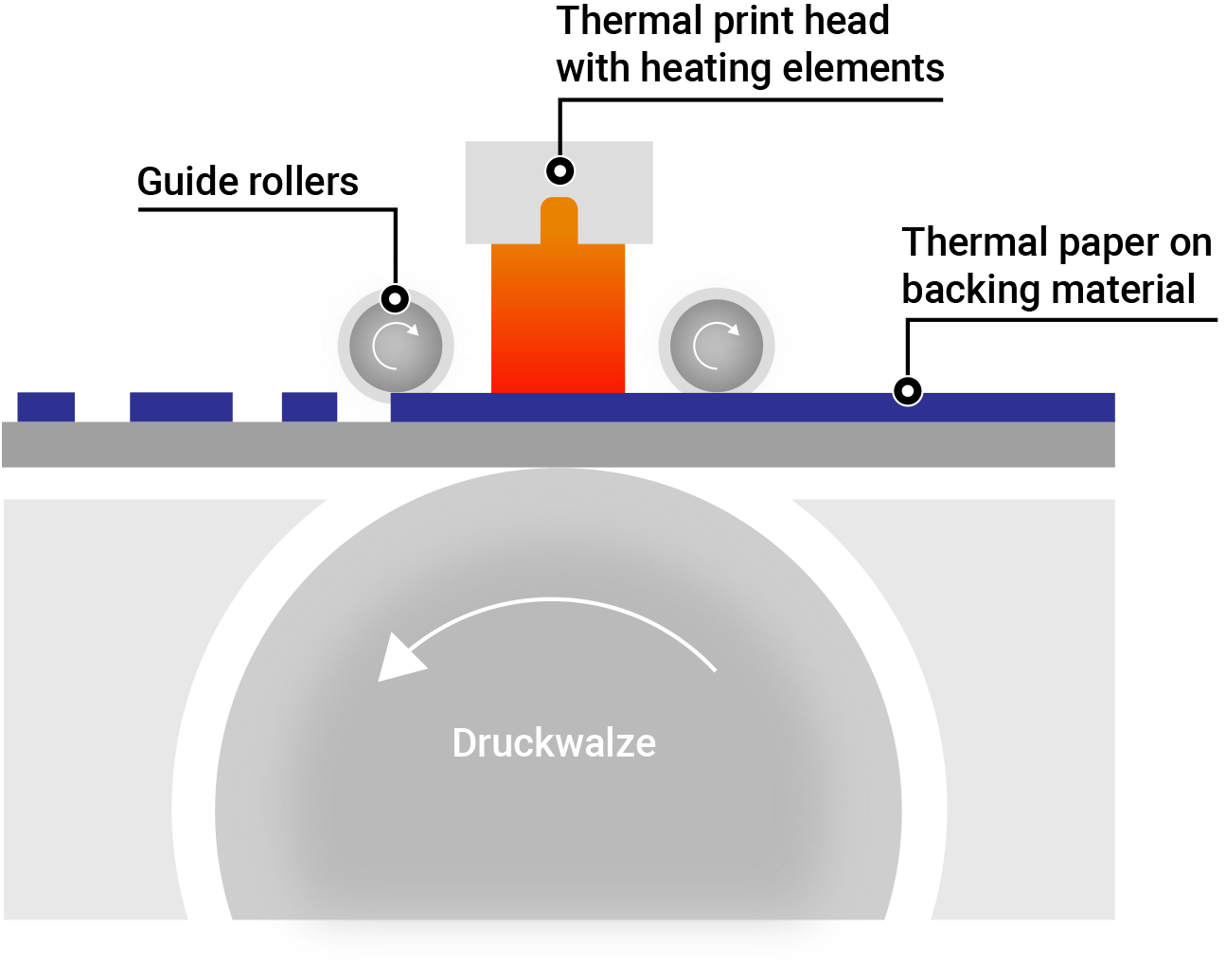
Direct thermal printing
Direct comparison of printing method
The thermal printing method uses heat to generate a print image on label material. There are two types: Direct thermal printing and thermal transfer printing
In direct thermal printing, heat is transferred directly to a heat-sensitive label material, to generate the print image. No ink ribbon is required and it is suitable for shipping labels or sales receipts.
The thermal transfer printing, color is transferred from an inked ribbon by heat onto any label material, creating long-lasting labels. They are heat and abrasion resistant, and the method is suitable to labels for warehouse or product identification.


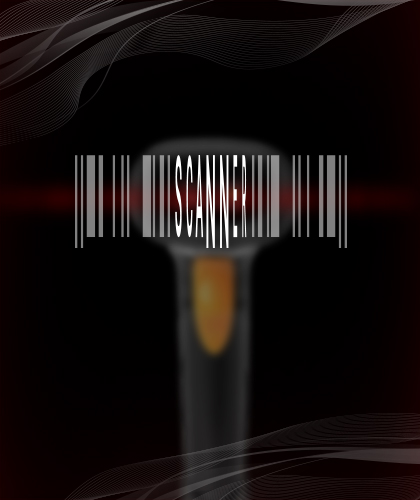
Scanners suitable for a wide variety of codes

2D barcode scanners read more complex codes composed of dots or small squares (QR codes, PDF14, data matrix). These vertical and horizontal patterns have more information.
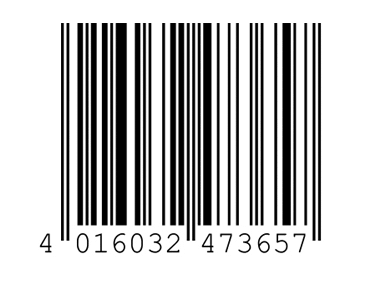
1D code and bar scanners detect bar codes (EAN, CODE 128, Code 39) with horizontal bars of different widths. Since the bars are always arranged in a single row, this is referred to as a one-dimensional code.
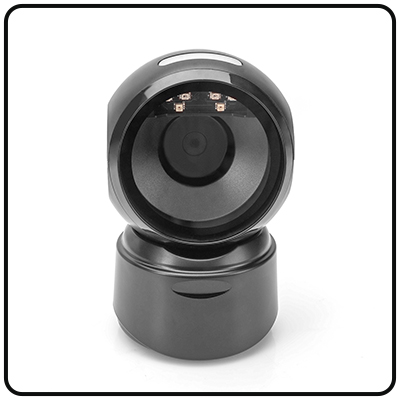
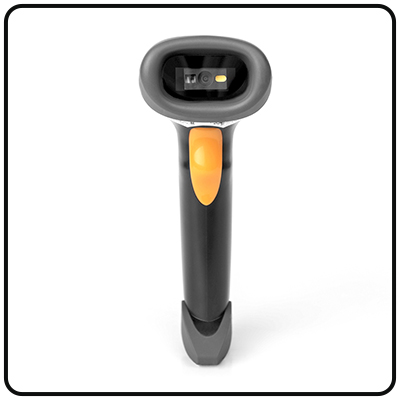
Scanners suitable for a variety of uses
Barcode scanners differ in the technology used, the most common ones being laser and CMOS.
Laser bar code scanners use a laser light source that directs a thin laser beam onto the bar code, which is reflected by the light and dark stripes of the bar code and transformed into data. Laser scanners can read bar codes from great distances but cannot read QR codes or from screens.
CMOS bar code scanners use a CMOS sensor to detect the bar code and transform the image into digital data. The barcode is detected once and can read even damaged or poorly printed barcodes as well as barcodes and QR codes from screens.
✓ Precise 1D and 2D scanning of barcodes (barcodes/QR codes)
✓ Wireless connection via Bluetooth
✓ 200 scans per minute, bidirectional for reliable detection
Scanners suitable for a wide variety of codes

1D code and bar scanners detect bar codes (EAN, CODE 128, Code 39) with horizontal bars of different widths. Since the bars are always arranged in a single row, this is referred to as a one-dimensional code.

2D barcode scanners read more complex codes composed of dots or small squares (QR codes, PDF14, data matrix).These vertical and horizontal patterns have more information.


Scanners suitable for a variety of uses
Barcode scanners differ in the technology used, the most common ones being laser and CMOS. Laser bar code scanners use a laser light source that directs a thin laser beam onto the bar code, which is reflected by the light and dark stripes of the bar code and transformed into data. Laser scanners can read bar codes from great distances but cannot read QR codes or from screens.
CMOS bar code scanners use a CMOS sensor to detect the bar code and transform the image into digital data. The barcode is detected once and can read even damaged or poorly printed barcodes as well as barcodes and QR codes from screens.
✓ Precise 1D and 2D scanning of barcodes (barcodes/QR codes)
✓ Wireless connection via Bluetooth
✓ 200 scans per minute, bidirectional for reliable detection





